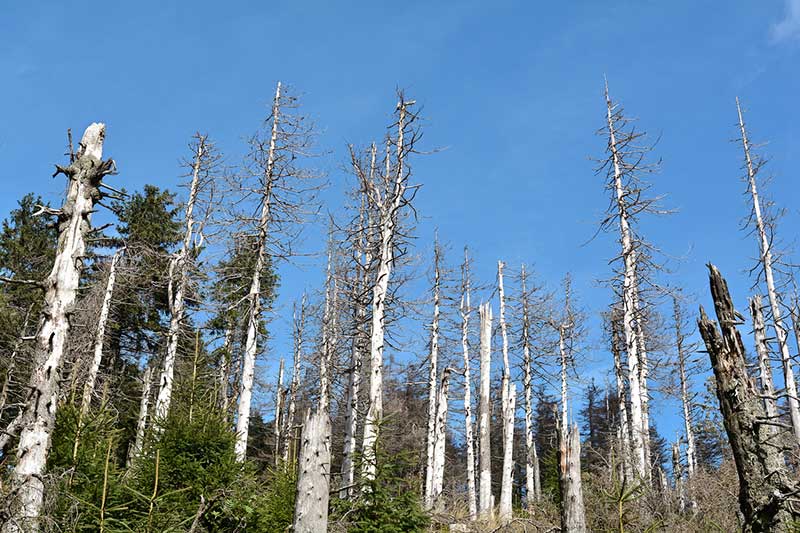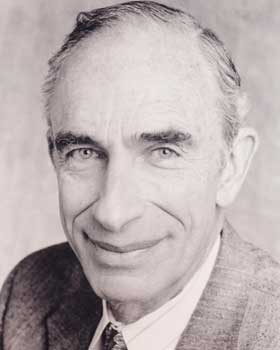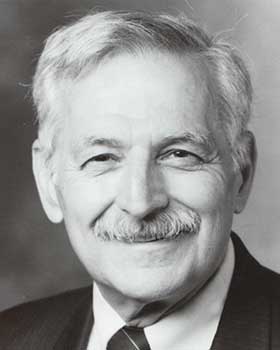1. Changing society through science
Acid sprinkles from the air!?
Gretchen Daily was born in Washington D.C., U.S.A., in 1964. Soon after her birth, her family moved to the then West Germany and returned to the United States afterward. She spent her childhood in California's San Francisco Bay Area.
California has many large national parks surrounded by untouched nature. Although San Francisco is a large city, there are many hills along the coast where she played with her dog. She grew up communing with nature.
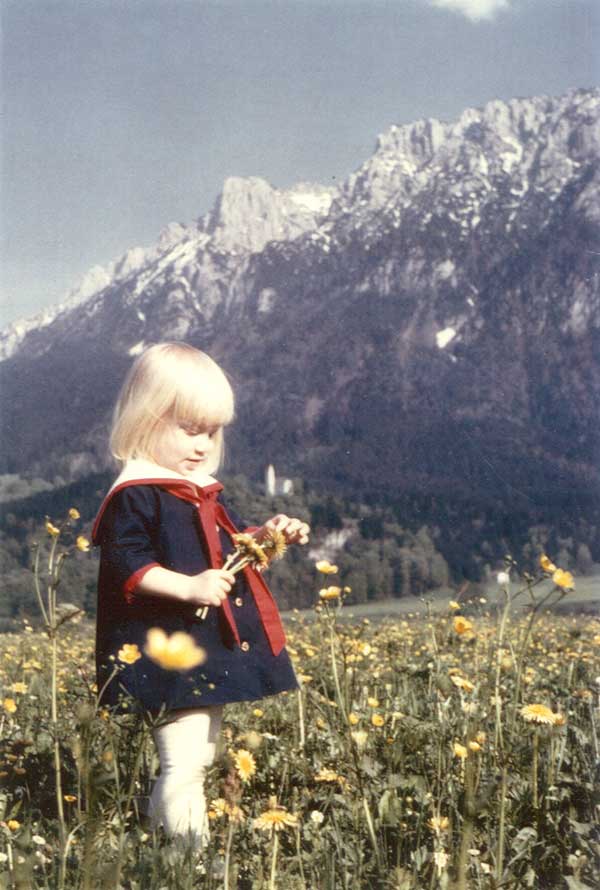
Gretchen Daily at one year of age in West Germany
Her research won an award, and she received a ticket to New York. She became aware of the fun of scientific investigation. She entered the renowned Stanford University in California, where she was from, to pursue a career in science.
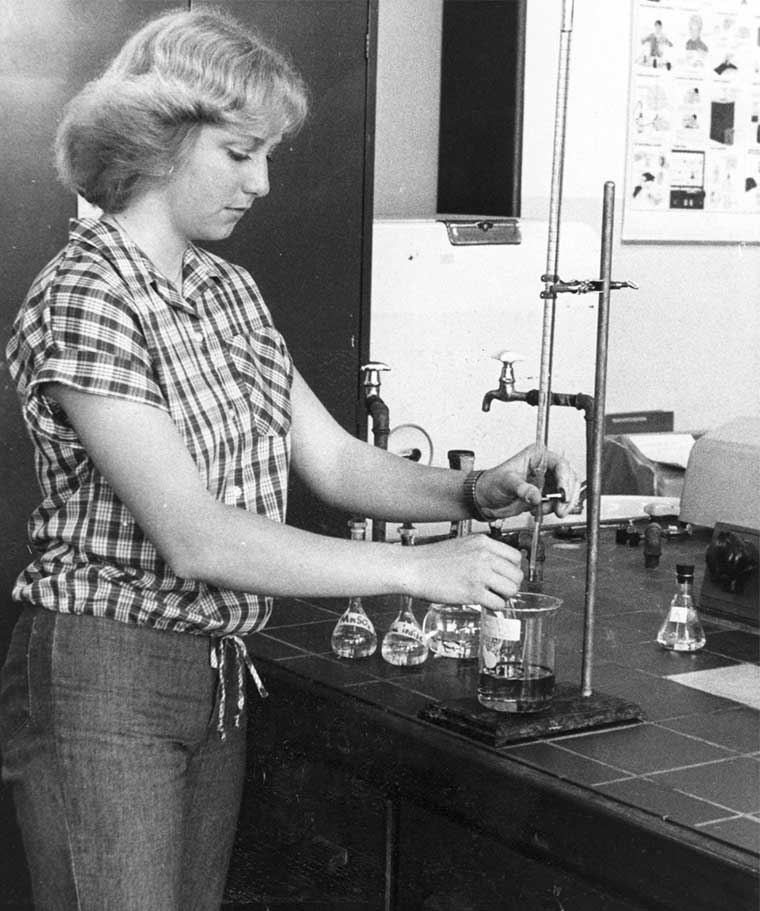
First scientific investigation at the age of 16
Not only these teachers, but her friends also broadened her outlook. Many talented young people from all around the world come to study at Stanford. Gretchen lived in the dormitory with these international students, listened to stories of their hometowns in Africa and South America, traveled to some countries, and got to know much more about the world than she could from TV and books. One of them was Gideon Yoffe, who is five years older than she is and has become her life partner.
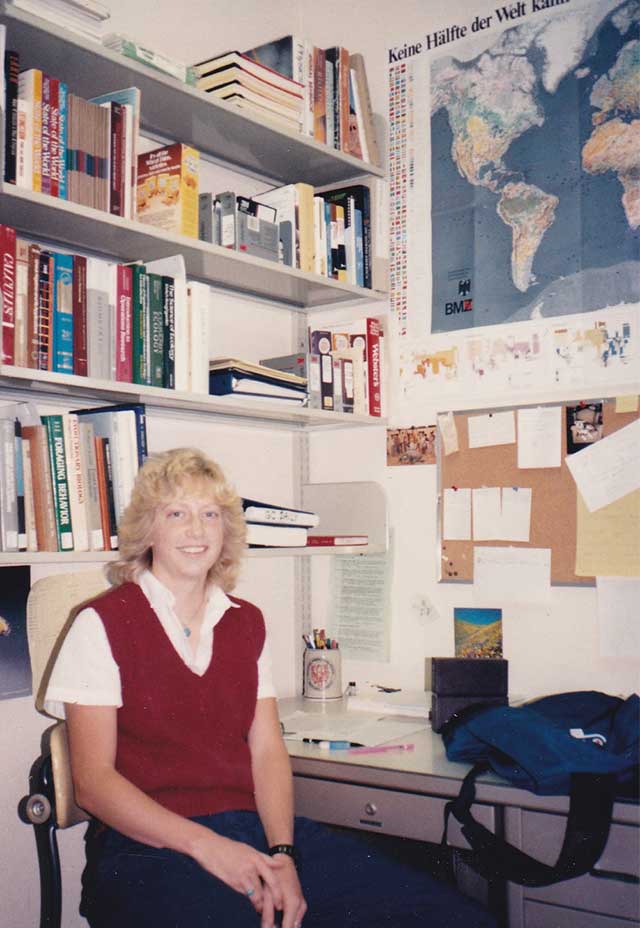
At the Stanford University in 1991
Her favorite scientific investigations have significantly added to her research as fieldwork in nature. She has continued working to clarify the mechanisms of ecosystems first at a laboratory built on a 3,000-meter high mountain in Colorado, U.S., and then in Costa Rica in Central America.
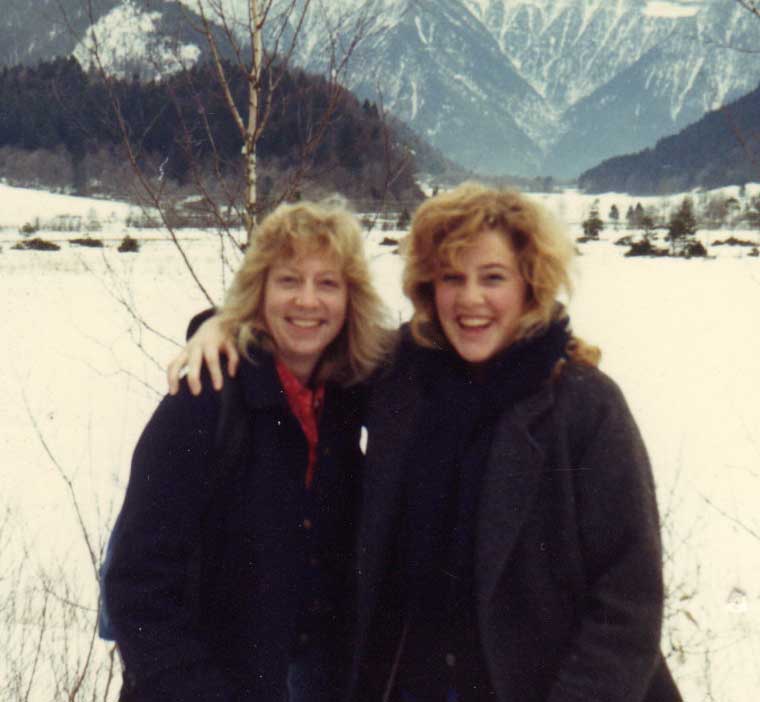
Gretchen (age 22) with her sister


